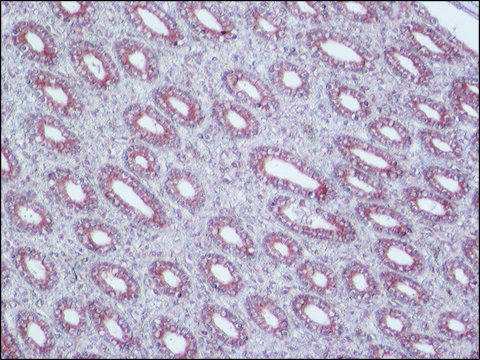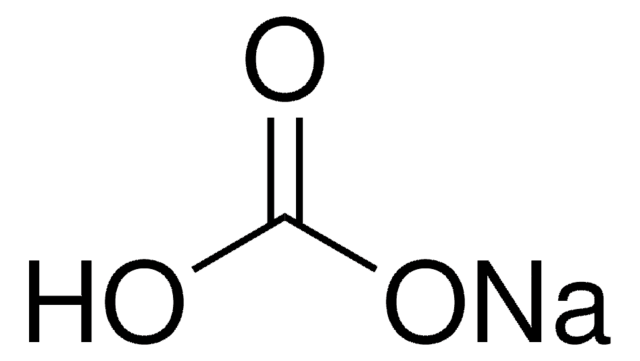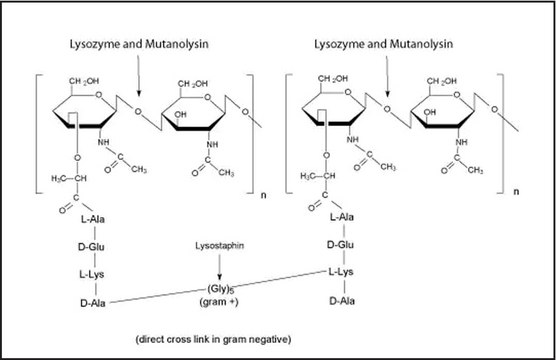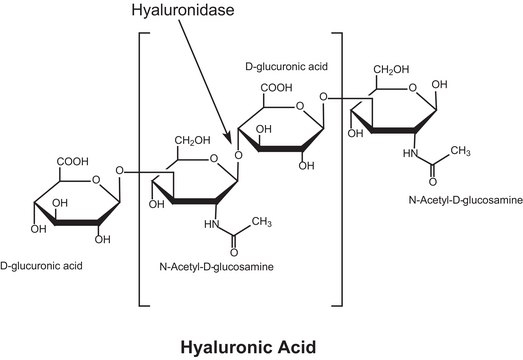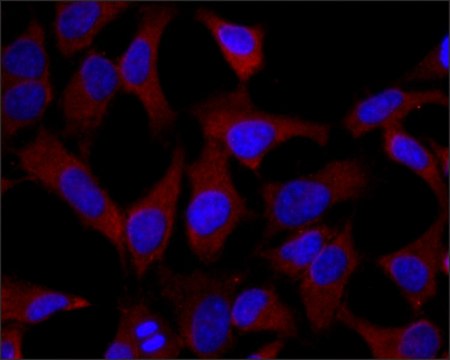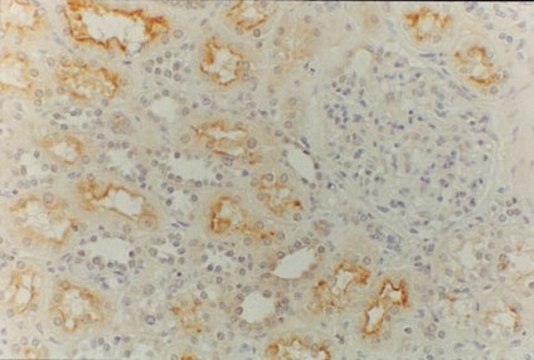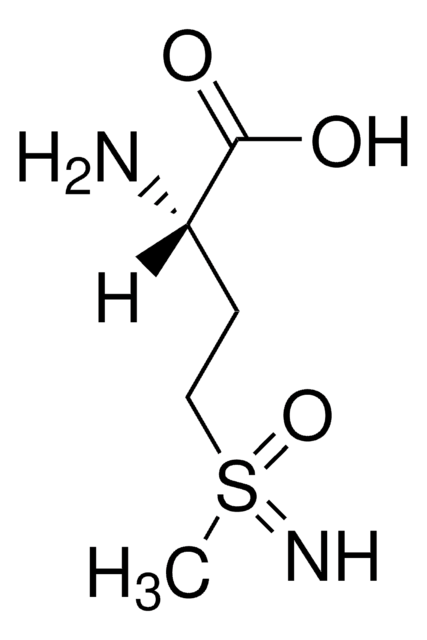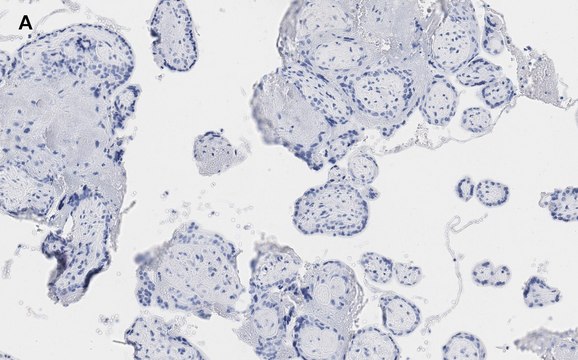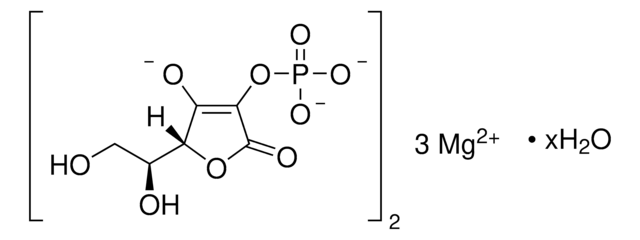M9192
Anti-MRP1 antibody ,Mouse monoclonal
clone QCRL-4, purified from hybridoma cell culture
Recommended Products
biological source
mouse
conjugate
unconjugated
antibody form
purified from hybridoma cell culture
antibody product type
primary antibodies
clone
QCRL-4, monoclonal
form
buffered aqueous solution
mol wt
antigen ~190 kDa
species reactivity
human
concentration
~2 mg/mL
technique(s)
flow cytometry: 0.5-2 μg/mL using human H69AR cells
immunocytochemistry: suitable
immunohistochemistry: suitable
immunoprecipitation (IP): suitable
microarray: suitable
western blot: suitable
isotype
IgG1
UniProt accession no.
shipped in
dry ice
storage temp.
−20°C
target post-translational modification
unmodified
Gene Information
human ... ABCC1(4363)
General description
Specificity
Immunogen
Application
- noncompetitive capillary electrophoresis immunoassay (CEIA)
- immunoblotting
- flow cytometry
- immunoprecipitation
- transport inhibition
Biochem/physiol Actions
Physical form
Storage and Stability
Disclaimer
Regulatory Information
Certificates of Analysis (COA)
Search for Certificates of Analysis (COA) by entering the products Lot/Batch Number. Lot and Batch Numbers can be found on a product’s label following the words ‘Lot’ or ‘Batch’.
Already Own This Product?
Find documentation for the products that you have recently purchased in the Document Library.
Our team of scientists has experience in all areas of research including Life Science, Material Science, Chemical Synthesis, Chromatography, Analytical and many others.
Contact Technical Service